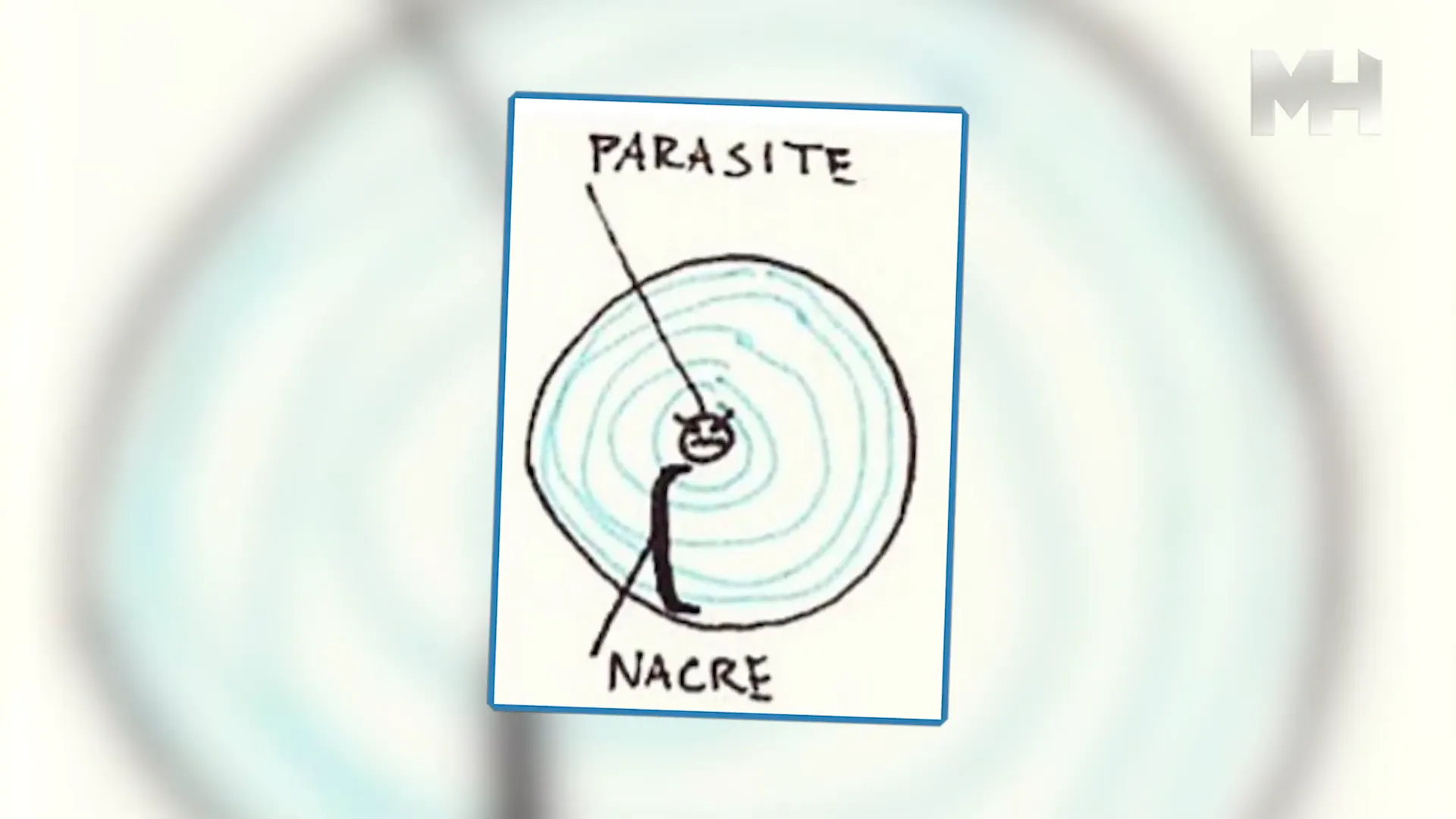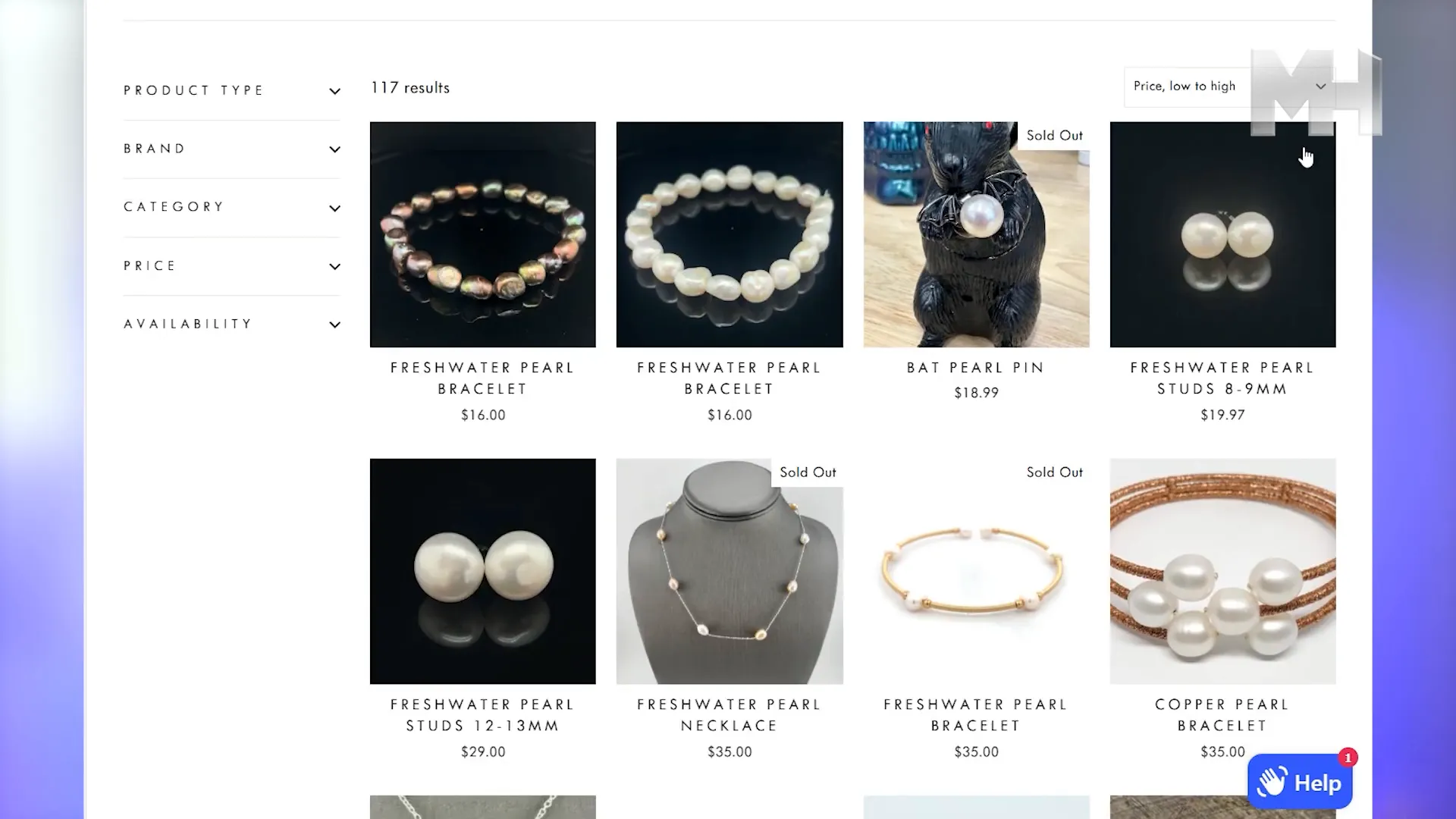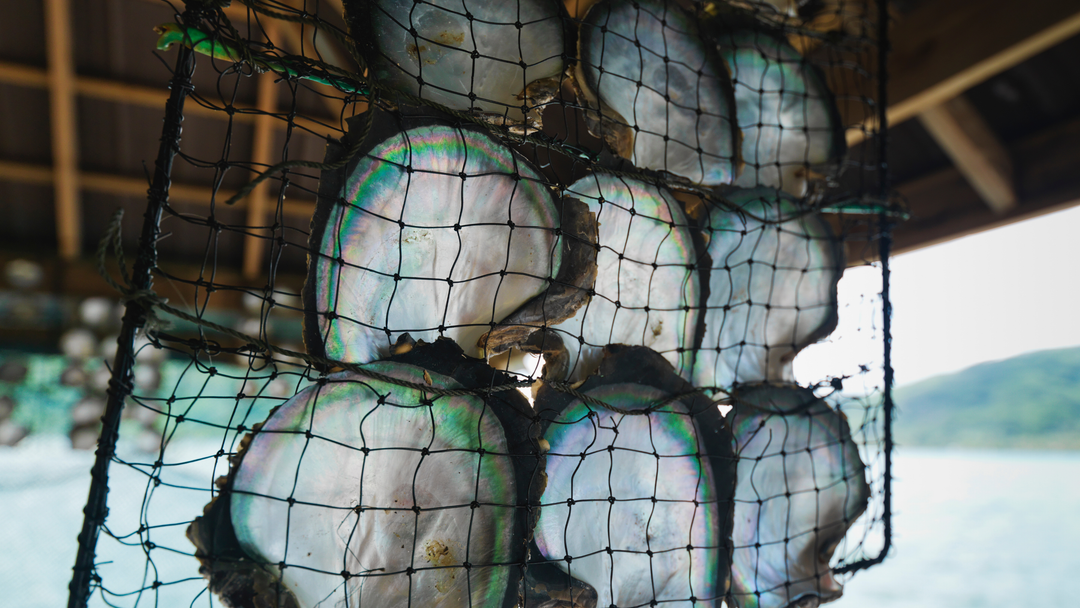5 Myths About Pearls: Debunking Common Misconceptions
Hello, I'm Matt Harris, your go-to pearl specialist and designer. Over the years, I've encountered numerous myths about pearls that many consider common knowledge. Today, we're diving into the truth behind these misconceptions and uncovering the fascinating world of pearls.
Myth 1: Pearls Start with a Grain of Sand
We've all heard the tale: a grain of sand enters an oyster, irritates it, and the oyster responds by coating it with nacre, creating a pearl. It's a lovely metaphor for life's challenges, but it's not accurate. The reality is even more intriguing.
Most natural pearls begin not with sand but with a tiny parasite that sneaks into the mollusk. The mollusk responds by coating the parasite with nacre, the iridescent material that gives pearls their shine. Interestingly, mollusks don't feel pain the way mammals do, though they do react to these intruders.
So, the next time you think of the grain of sand, consider the real story: how will you respond to your parasite? It's still a beautiful metaphor for overcoming life's challenges.

Myth 2: Pearls Are Only White and Round
Close your eyes and picture a pearl necklace. Did you see a strand of white, round pearls? You're not alone. This image is common, but it's not the full picture.
While white, round pearls are iconic, they represent only a small fraction of the variety available. Pearls come in a stunning array of colors: golden, bluish, greenish, black, lavender, and more. Some even display multiple colors at once.
Perfectly round pearls are rare. In fact, I've spoken with pearl farmers who say that only about 5% of their harvest yields perfectly round pearls. Instead, you often get near-round, baroque, semi-baroque, button, oval, and teardrop shapes—pearls with personality.

Myth 3: People Dive for Pearls
The romantic notion of pearl divers braving the depths of the ocean is largely a thing of the past. Today, most pearls are cultured or farmed, with humans inserting an irritant into mollusks to encourage pearl formation.
Natural pearls, formed without human intervention, are rare and found in only a few places worldwide, such as Bahrain. Traditional pearl diving has become largely obsolete, replaced by more controlled and sustainable pearl farming methods.

Myth 4: Pearls Are Only for Women
Pearls have long been associated with femininity, thanks to images of glamorous women and royal figures adorned with them. However, this wasn't always the case. Historically, men have also embraced pearls.
Figures like Julius Caesar and King Charles I were known for their love of pearls. Today, pearls are making a comeback among men, with celebrities like Harry Styles and Pharrell Williams rocking them. Pearls are for everyone, regardless of gender.

Myth 5: Pearls Are Expensive
Yes, some pearls can be pricey, especially those from renowned designers like Mikimoto. However, pearls come in a range of price points, making them accessible to many.
You can find beautiful pearl jewelry for as little as five dollars. Freshwater pearls, which are more affordable than their saltwater counterparts, offer a budget-friendly way to enjoy pearl fashion. Embrace baroque pearls for unique designs that won't break the bank.

These five myths about pearls are officially busted! Pearls are not only beautiful but also fascinating, with a rich history and diversity. For more pearl insights, check out my YouTube channel ![]() for more treasures and truths.
for more treasures and truths.




